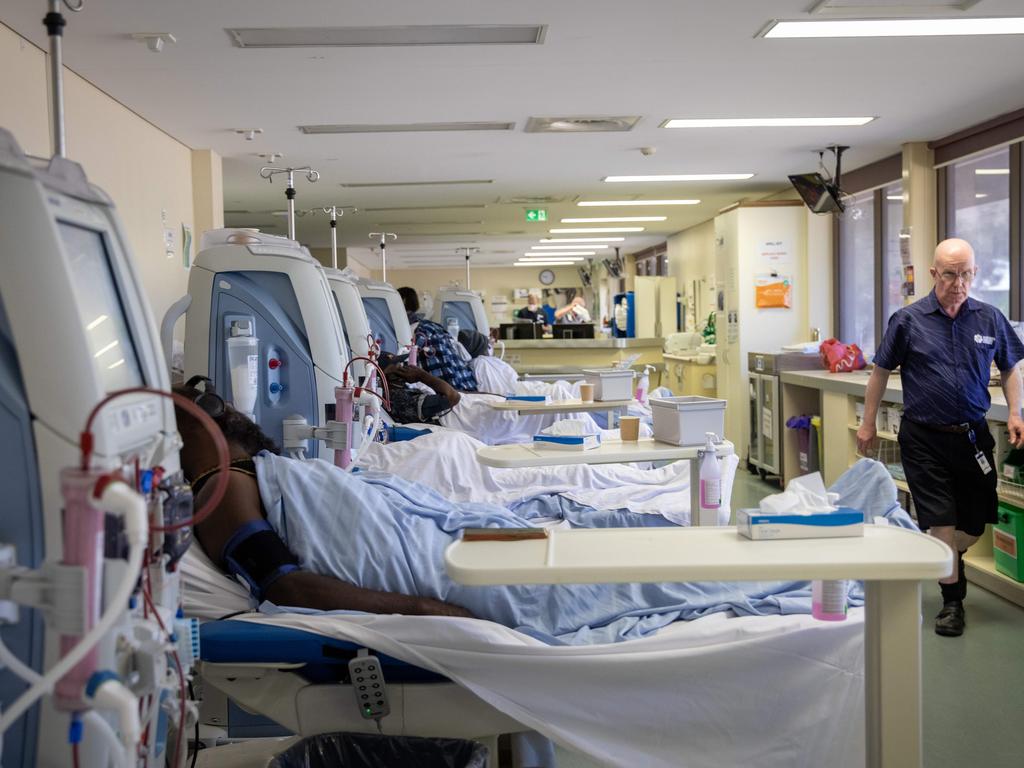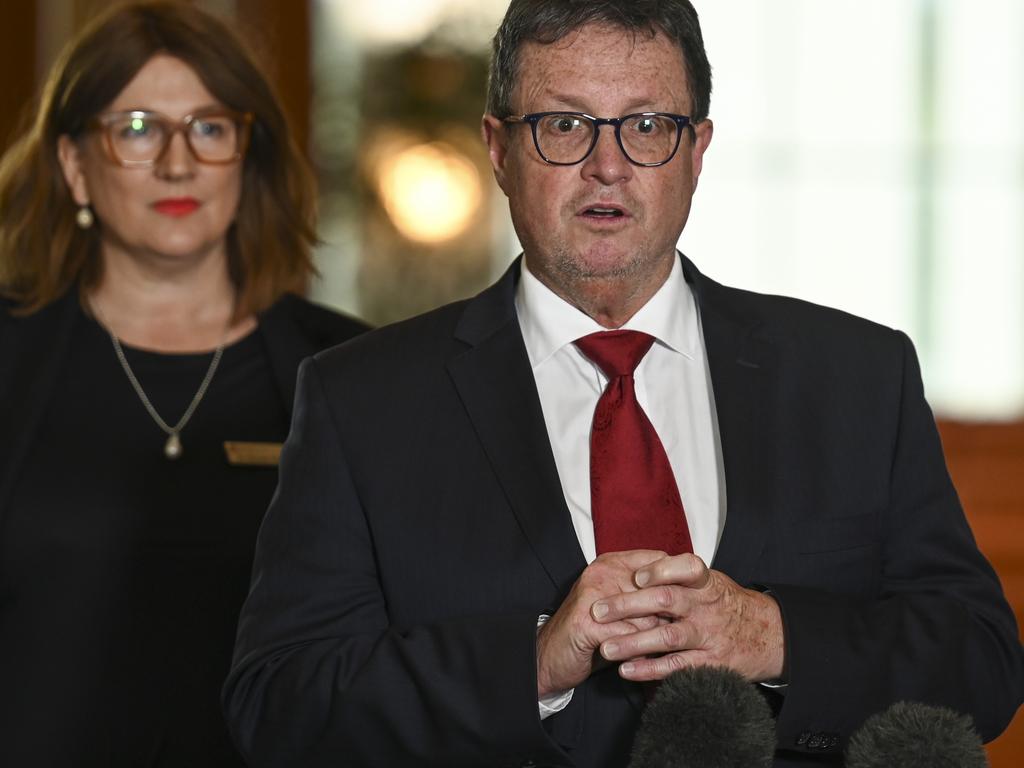‘Valley of death’: Campaign drives for missing diabetes, cancer treatments in pathology push
Ray Kelly has been able to curb type 2 diabetes in 85 per cent of his patients, but a lack of technology access is holding back essential care.
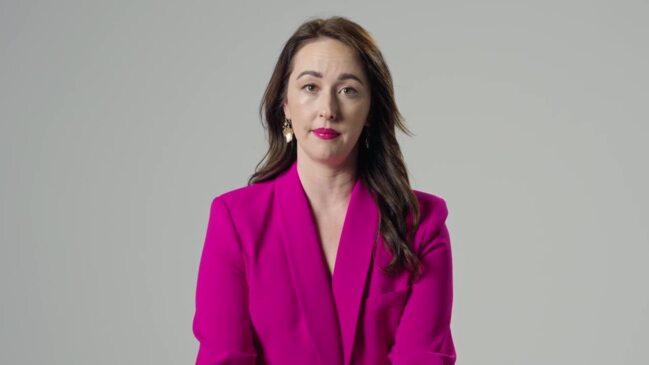
Ray Kelly has dedicated years to reversing type 2 diabetes in Indigenous communities but for a long time did not even know that reversing it was possible, or that the process had been discovered in 1984.
Dr Kelly, an exercise physiologist by trade with 33 years in the health sector, has pushed a 10-12-week exercise regimen that has helped take patients off insulin and prevent a majority moving on to diabetic comorbidities.
In 2010 he set up a bulk-billing clinic, where patients would see dietitians and physiologists to reverse the onset of diabetes.
“It was 2006 that I came across Kerin O’Dea’s work, and what she was able to show was that type 2 diabetes can be reversed in Aboriginal people in seven weeks,” the Gomeroi man from northern NSW said.
“The crazy thing about that study was it was published in 1984. It blew my mind that nothing much had been done with that progress.”
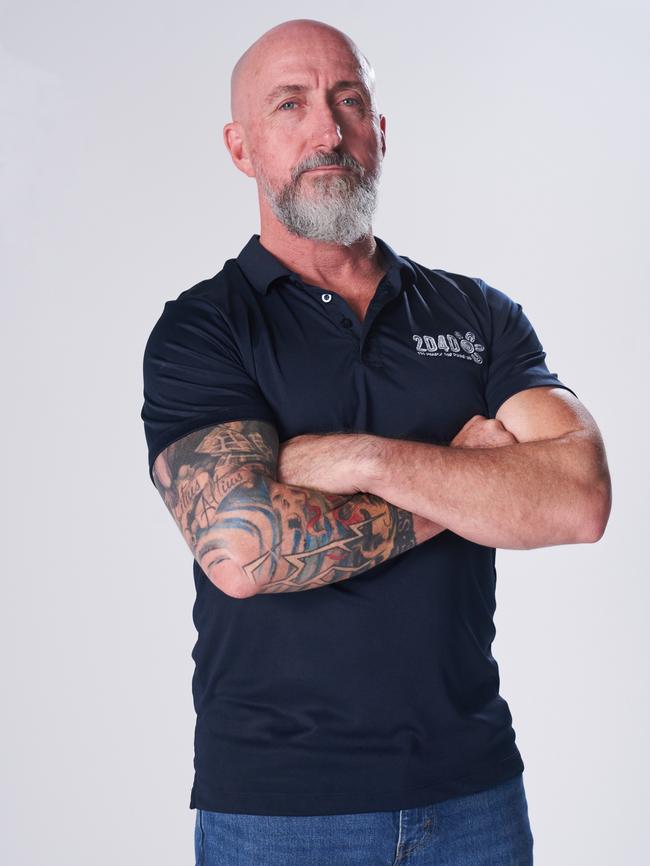
Many Indigenous communities have some of the world’s highest rates of diabetes, but Dr Kelly found that just a few small changes to medical practice were bringing far higher success rates within communities. He would consult with Indigenous patients using their languages, in person, and create templates for exercise that fit their routines.
“People were coming off insulin within weeks and coming off all their medication, sometimes for blood pressure as well,” he said.
“But things weren’t changing fast enough. So in 2016 I decided to start travelling just to remote communities and focus on Aboriginal health.
“The health system isn’t designed for chronic diseases like diabetes. We are moving and things are improving with this, but the whole system was based around acute care right from the beginning.”
Among Dr Kelly’s patients, 85 per cent of those who could achieve 15 per cent weight loss entered full remission. Diabetes was no longer a life sentence for them.
“It’s just critical that we get people early. In some of the remote communities, the high turnover of staff or the inability to recruit people to remote communities means that there’s a real lack of healthcare workers,” he said.
Dr Kelly found that the key to achieving health results came from personalising patient care, and the best tool to achieve that was point-of-care testing, which is a pathology technology that allows better early identification of pre-diabetics, and better treatment based on health stages.
The problem came when it was clear to Dr Kelly that POC testing was widely unavailable.
The Missing Piece campaign came together as more medical experts found patient results were regularly stymied by a lack of access to medical pathology technology, which allows precise diagnosis, treatment and prevention across several conditions.
The campaign, which launched on Monday, appealed to the federal government for genomic sequencing in cancer treatment, access to pre-eclampsia testing, rapid sepsis testing and ovarian cancer HRD testing, among other technologies.
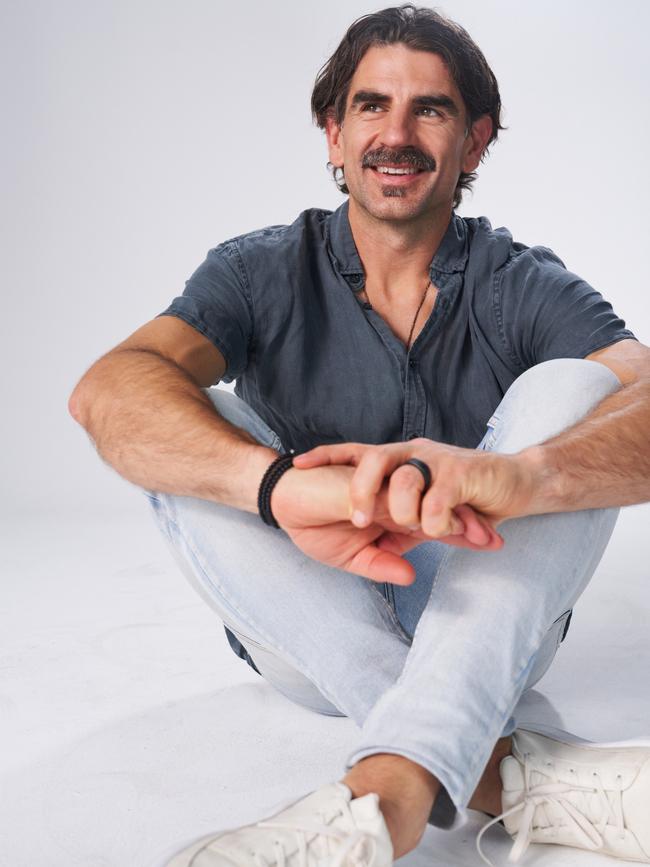
University of NSW associate professor Colman Taylor runs medical technology consultancy group Health Technology Analysts, and argues that Australia has a fundamental problem with financing and producing new technology through bodies such as the Medical Research Future Fund.
“A lot of the technology that we ourselves generate goes overseas, and so we have a valley of death when it comes to technology commercialisation,” he said.
“These companies get to a point where they want to bring their products to market, and we don’t really have a system at the moment that supports the innovation.
“All the reviews that are going on at the moment come to the same conclusion, that we need to invest earlier in the patient journey. We need to prevent the issues that are occurring before they occur, and we need to manage these people better.”


